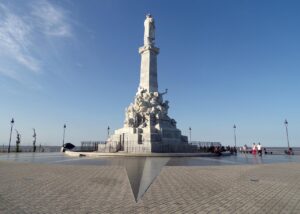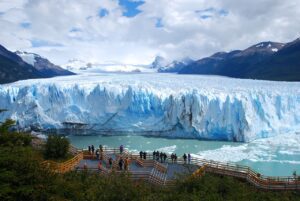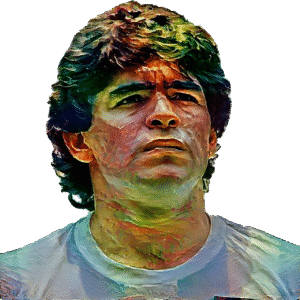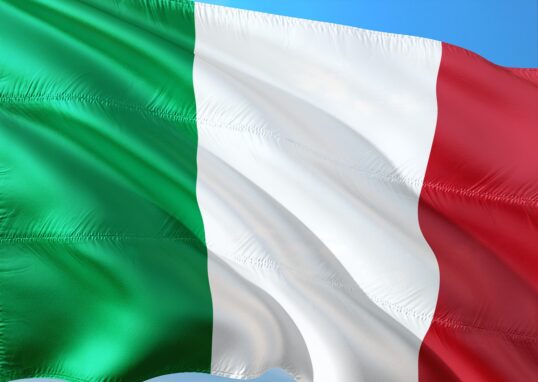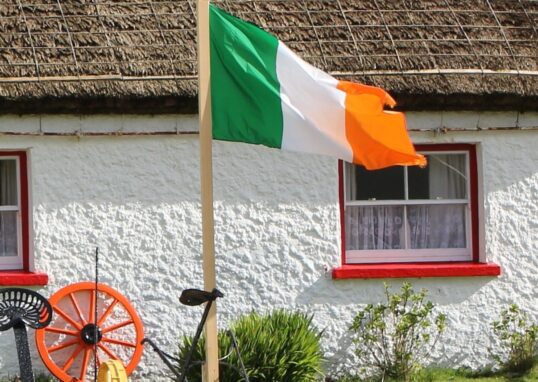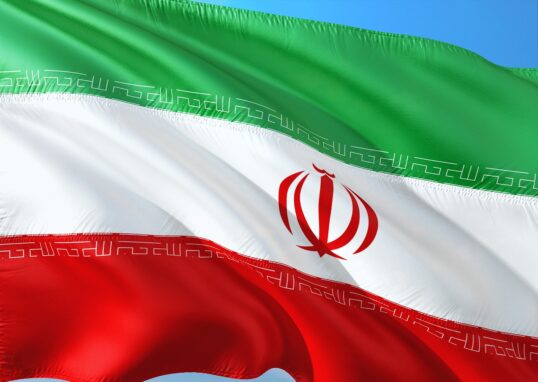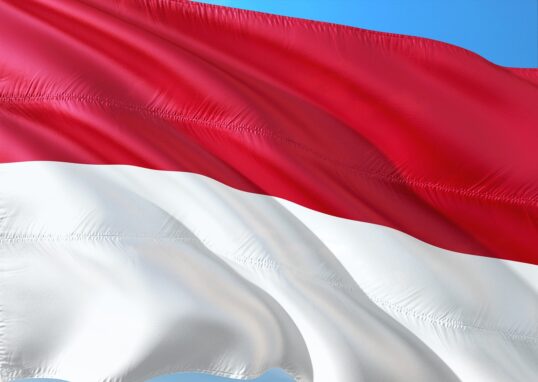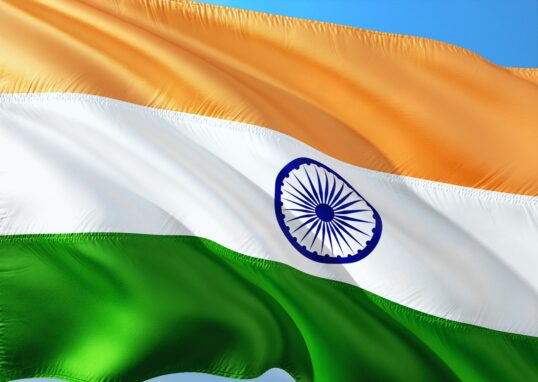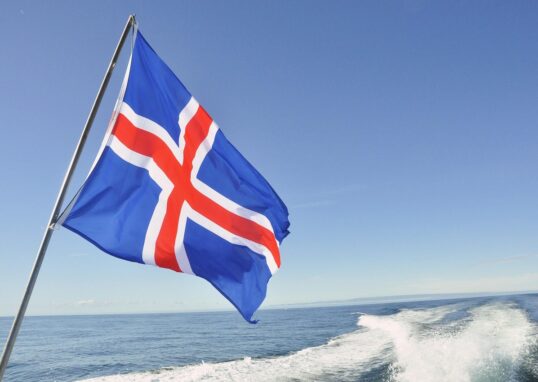
Argentina: A Land of Beauty, Culture, and Diversity
Argentina is a large and fascinating nation in South America. It is famous for tango, football, wine, and natural beauty. From the towering Andes Mountain ranges to the vast Pampas grasslands, Argentina has numerous diverse landscapes. Its cities are full of history and culture. Its people are friendly and emotive. This article will take you through the history, geography, culture, economy, and tourism of Argentina. Then also about the nearby places and surrounding countries in detail. The sentences are in short words with clear transitions so that it becomes smooth and easy to read.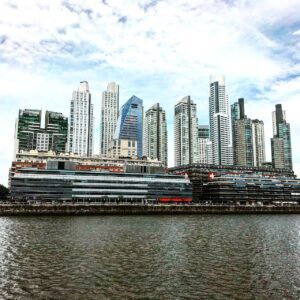
Geography of Argentina
Location and Size
Argentina lies in the southern part of South America. It is the continent’s second-largest nation, after Brazil. It stretches more than 3,600 kilometers from north to south. It is also very wide, covering a great deal of climates and areas.
Borders
Argentina is surrounded by several nations. On the west, it is bounded by Chile. In the north, it is bounded by Bolivia and Paraguay. In the northeast, it is joined by Brazil and Uruguay. On the east, the Atlantic Ocean borders its vast coastline.
Regions
The country is divided into several regions:
- The Pampas: low plains, a perfect place for farming.
- Patagonia: unpopulated land with mountains, glaciers, and deserts.
- The Andes: high mountains on the western frontier.
- The Northwest: desert, valleys, and multicolored hills.
- Mesopotamia: green land between the Paraná and Uruguay rivers.
Climate
Because of its enormous size, Argentina has many climates. Climate in the north is tropical and hot. The Pampas have a favorable climate for agriculture, mild. Winters in Patagonia are very cold and windy. The Andes Mountains are snow-covered throughout the year. This variety makes Argentina a country of contrasts.
History of Argentina
Indigenous Peoples
There were various indigenous populations in Argentina prior to Europeans arriving. Some of the populations included the Mapuche, Guaraní, and Diaguita. They had different cultures and ways of living.
Spanish Colonization
The Spanish arrived in the 16th century. They founded cities such as Buenos Aires. The land belonged to the Spanish and was used for farming and trading. The native population suffered at this point.
Independence
In 1816, Argentina declared independence from Spain. Leaders like José de San Martín fought for freedom. After independence, the country faced struggles between central and regional powers.
Immigration and Growth
In the late 19th and early 20th centuries, many immigrants came from Europe, especially from Italy and Spain. They helped build cities, farms, and industries. Buenos Aires grew into a modern city.
Political Challenges
Argentina had military rule, dictatorships, and economic struggle in the 20th century. Some of the important times include Juan and Eva Perón’s reign in the 1940s and 1950s. Another one includes 1976-1983 when it had a dictatorship that continues to cause bitter memories.
Democracy Today
It has been a democracy since 1983. It has had its issues economically, but it continues to grow as a cultural and regional influence.
People and Culture
Population
Argentina is inhabited by about 45 million people. They primarily live in the city, with the majority living in Buenos Aires. They are of European descent but have indigenous residents and others from outside their area.
Language
Spanish is the language of government. The Argentine accent is unique and has an Italian flavor. There are indigenous languages too.
Religion
Most Argentines are Roman Catholic. There are Protestants, Jews, Muslims, and the religiously unaffiliated as well.
Food
Argentine cuisine is internationally renowned. Beef is famous in the country. Asado (barbecue) is the country’s national custom. Empanadas (filled pastry) and milanesa (breaded meat) are some other foods. Mate is also famous in Argentina, which is a traditional herbal tea that’s shared among friends.
Music and Dance
Tango originated in Buenos Aires in the late 19th century. The tango is a blend of European and African. It is danced and enjoyed today across the globe. The folk music is also robust, with rhythms of chacarera and zamba.
Sports
Football is religion. Argentina has given the world legends in the form of Diego Maradona and Lionel Messi. Rugby, basketball, and polo are other sports enjoying popularity.
Economy
Agriculture
Argentina is one of the world’s top producers of food. The Pampas grows soybeans, wheat, corn, and cattle.
Industry
The country also produces automobiles, textiles, and machinery. Wine production, especially in Mendoza, is world-famous.
Challenges
Argentina has faced inflation, debt, and economic crises. But it is a powerful economy for South America.
Tourism in Argentina
Argentina is one of the most visited countries in Latin America. It offers natural points of interest, urban comforts, and cultural wealth.
Buenos Aires
The capital city, Buenos Aires, is also called the “Paris of South America.” It has wide boulevards, theaters, cafes, and tango bars. The top attractions are:
- The Obelisk on Avenida 9 de Julio. The multicolored houses of La Boca. Recoleta Cemetery, where Eva Perón rests in peace. The stunning Teatro Colón opera house.
Iguazu Falls
Along its border with Brazil is the Iguazu Falls, which is one of the world’s most dramatic waterfalls. They are surrounded by rainforest and are a UNESCO World Heritage Site.
Patagonia
To the south is Patagonia, country of glaciers, mountains, and lakes. Perito Moreno Glacier is a wonder. Torres del Paine in Chile is just around the corner, so the region is a shared wonder.
Mendoza
Mendoza is famous for wine. Visitors may see vineyards, taste Malbec wines, and enjoy Andes views.
The Pampas
Visitors may tour old estancias (ranches) and observe gauchos (cowboys) horseback-riding. The Pampas showcase Argentina’s countryside.
Bariloche
Bariloche is located in the Lake District, which is surrounded by mountains and lakes. It is popular for skiing in winters and trekking in summer.
Ushuaia
At Argentina’s southernmost tip, the town of Ushuaia is referred to as the “end of the world.” It serves as an entrance to Antarctica.
Surrounding Neighboring Countries
Argentina has many fascinating countries and places surrounding it. Such neighbors enrich the country culturally and geographically.
Chile
West of Argentina lies Chile, which borders the Andes Mountains. The two nations share a common long border. Tourists often visit the two nations simultaneously. Patagonia is shared between the two nations. There are gorgeous fjords, deserts, and cities like Santiago in Chile.
Bolivia
To the north of Argentina is Bolivia. It shares high-altitude landscapes, salt flats, and indigenous culture. Uyuni Salt Flats and Lake Titicaca are world-famous.
Paraguay
Above Paraguay is a landlocked country. It has rivers, forests, and a slower pace of life. It has shared traditions with Argentina.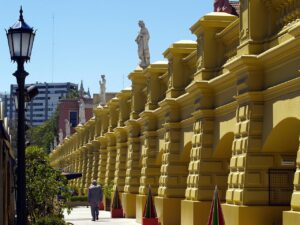
Brazil
Brazil borders Argentina to the northeast. They share a mutual Iguazu Falls. Brazil also has beaches, the Amazon, and the city of Rio de Janeiro.
Uruguay
Across Río de la Plata lies Uruguay. Argentines travel there by sea from Buenos Aires. Uruguay boasts Montevideo, Punta del Este, and peaceful beaches.
The Atlantic Ocean
To the east, the Atlantic Ocean exposes Argentina to the world. Beaches and coastal towns border its coast. The ocean also connects Argentina with Europe and Africa.
Football in Argentina and Football Legends
Football in Argentina is not just a sport. It’s a way of life. Football can be heard on the street, in a café, and at home. Children play football in small streets, parks, and beaches. Football is part of the life of many Argentinians. Football brings them joy, passion, and even tears. The heritage of football in Argentina is deep and profound. Argentina has produced numerous great players. Some of them turned into legends worldwide. Boca Juniors and River Plate are family names worldwide. “La Albiceleste,” the national team, has achieved numerous great victories. To understand Argentina, one must understand its football passion.
The Beginning of Football in Argentina
Football was originally brought to Argentina in the late 19th century. British immigrants brought it. British workers, sailors, and railway builders who lived in Buenos Aires and other surrounding cities at the time played football between themselves. Eventually, the locals were interested. The first football league of Argentina arrived in 1891. It was the first official league outside of the United Kingdom. It demonstrated the quickest spread of the sport in the country. Soon, clubs were formed. The majority of the clubs started out in schools, neighborhoods, or towns. Football was no longer British-only—it was now a sport for everyone.
National Team and Early Achievements
Argentina’s national team played its first official game in 1901 versus Uruguay. This initiated a great football rivalry among these two countries. The rivalry persists even today. Argentina appeared in an Olympic final in 1928 but lost to Uruguay. Argentina, however, in 1930 attended the first ever FIFA World Cup in Uruguay and reached the final. They lost once more to Uruguay, but the team had shown everyone that Argentina was already a football giant.
Football and Society
Football is deeply rooted in politics and society in Argentina. Football was a way of uniting people by leaders. For example, during difficult economic times, victories for football gave citizens hope. Stadiums became places where people would forget all their problems for the time being. The passion is also reflected in the fans. Argentinians are renowned for their vociferous songs, drums, and colorful flags. The stadium atmosphere is electric. Fans create slogans for their clubs and yell them with gusto throughout the game.
Diego Maradona – The Legend
No account of Argentine football is ever complete without Diego Maradona. Maradona was born in 1960 in a slum settlement. Maradona rose to fame with his superlative talent. He was short in height but had phenomenal speed, ball control, and vision. Maradona played for several clubs, including Boca Juniors and Napoli of Italy. In Napoli, he was hailed as a hero after he guided the team to victory in two league championships. But his crowning glory came during the 1986 World Cup in Mexico. In that tournament, Maradona led Argentina to the championship almost single-handedly. Against England in the quarter-final, he scored two of the most legendary goals ever scored in football. The first was the “Hand of God,” where he employed his hand to score. The second was the “Goal of the Century,” where he dribbled five Englishmen before scoring. Argentina then won the tournament, and Maradona became a global icon. He represented not only football, but also the plight and aspirations of the common person. To all Argentinians, Maradona is more than just a player—he is a national icon.
Lionel Messi – The Modern Legend
After Maradona, Argentina was waiting for another megastar. That megastar was Lionel Messi. Messi was born in Rosario in 1987 and showed exceptional talent right from a very young age. He moved to Barcelona as a child and became one of the all-time greats. Messi won several titles at Barcelona, including a number of Champions League and La Liga. He broke records for goal and assist. But for years, critics argued that he could not repeat his successes in Argentina. This was overturned in 2021 when Messi won the Copa América title with Argentina against Brazil. It was his first major international trophy. In 2022, he capped his career by winning the FIFA World Cup in Qatar. He played dazzlingly, scoring and guiding his team. Argentina defeated France in an epic final, and Messi lifted the trophy that Maradona had raised earlier. Messi is as popular as Maradona. To others, he is even greater. Maradona and Messi are the most famous two names in Argentine football history together.
Other Football Legends from Argentina
While Maradona and Messi are the best recognized, Argentina has produced many other world-class players:
- Gabriel Batistuta – Nicknamed “Batigol,” he was a tough striker who scored a lot of goals in the 1990s.
- Juan Román Riquelme – A playmaker with exquisite passing and vision.
- Daniel Passarella – A tough defender and 1978 World Cup team captain.
- Javier Zanetti – A reliable right-back who played many years with Inter Milan.
- Sergio Agüero – A prolific goal-scorer who represented Manchester City and scored vital goals for Argentina.
- Ángel Di María – A quick winger with flair, who scored in the 2021 Copa América final.
These players added to the nation’s rich football history and the inspiration of a future generation.
Football and Culture
Football is closely linked with music, art, and culture in Argentina. Football is mentioned in tango music. Maradona and Messi murals cover city walls. Football has inspired writers and filmmakers. Football is inherited from generation to generation in the majority of families. The father might take his son or daughter to their initial game and introduce them to the club’s chants. To be a fan is to be part of the process of growing up in Argentina.
Conclusion
Argentina is a diversified nation. It has mountains, rivers, grasslands, and glaciers. It is rich in history and vibrant culture. Its people are food, music, and sport lovers. From Buenos Aires to Patagonia, from the Iguazu Falls to the vineyards of Mendoza, Argentina is full of limitless experiences. Its neighborhood places — Chile, Brazil, Uruguay, Bolivia, Paraguay, and the Atlantic — add to it even more. They create a web of cultures and landscapes as a whole. Argentina is not a nation. It is a pilgrimage, a tale, and an emotion. Everyone who goes there will never forget it.

